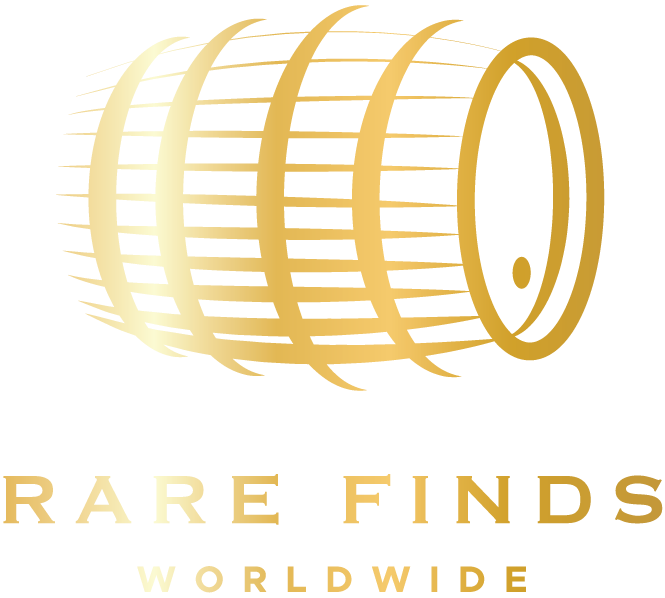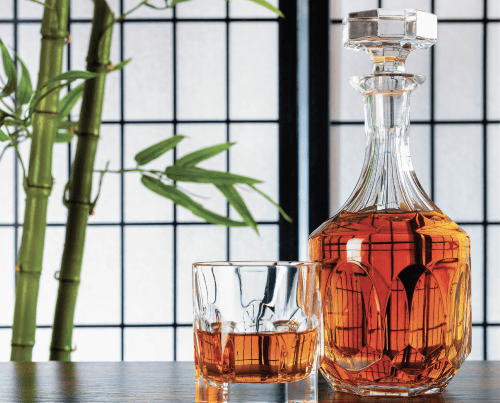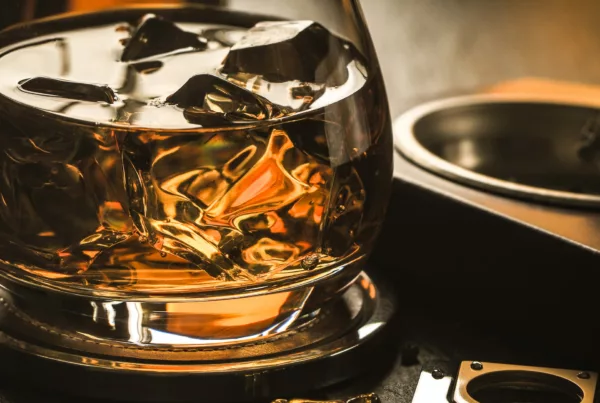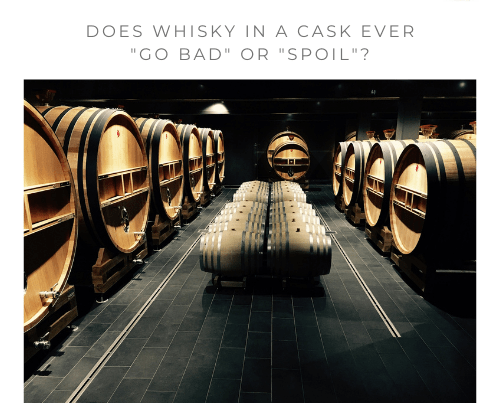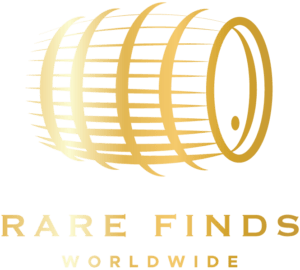When investors consider buying a cask as an investment, one of the biggest dilemmas is whether to pick an old or young cask. Most investors understand that the capital gains come from being able to age a cask. Naturally, a lot of people think the best way is to buy young and sell old. They seek opportunities to buy casks as young as possible at the lowest price available.
While younger casks are cheaper, depending on what sort of investor you are, it is often not in your best interest to invest in very young casks.
Middle-Age Casks Have More Liquidity
As an investor, aside from considering which cask to buy, you must also carefully plan your exit strategy. It is important to keep in mind how you eventually aim to sell your cask and who your target buyers are. With young casks that are not ready to be bottled, although they are commonly traded in the industry, it is not very common for traders to buy them from an individual. These young casks are often traded in bulk between brokers and traders due to their low value. Private bottlers tend not to buy young casks because they are not ready to be bottled. This leaves a narrow range of potential buyers and often leads to a longer selling period when the cask owners try to sell. On the other hand, middle-age casks are much more flexible and sought–after by all kinds of buyers in the market. Private bottlers such as whisky bars, shops, and enthusiasts tend to look at aged casks for immediate bottling. High-net-worth collectors also keep their eyes on aged casks. This makes selling your middle-age cask back into the secondary market much easier and much quicker, providing investors with better liquidity and flexible options.
The Value of Old Whiskies Grows Much Faster Than Young Whiskies
The rarity of whiskies increases exponentially with age for two reasons. First of all, whisky casks cannot be aged indefinitely. On average, the ABV percentage drops by an 0.5% per year as a whisky cask ages. However, the ABV must stay above 40% to be legally labelled as Scotch whisky, meaning that most casks are not capable of reaching above 40 years old. Secondly, since most consumer–level single malts are bottled at 12 to 18 years old, this leaves only a small quantity of premium stock for long–term aging. Therefore, we can easily see how as a cask reaches an old age, its price increases much more per year than at a young age. To reap the benefits of this exponential growth, it is wise to start by buying casks at an older age, unless you are ready to hold a cask for 15 or even 20 years.
Some Brands Perform Better at Specific Ages
Rare whisky is ultimately a luxury product and brand perceptions play an important role in determining its value. It is worth noting that not all brands perform the same at all ages. Some distilleries are known for whisky that tastes bland when young but ages gracefully over time. Other distilleries, especially those from the Islay region, are known for their superior quality even at a young age. If an investor is targeting a young cask, some distilleries are positioned to perform much better than others. Whiskies from lesser brands may only show insignificant growth until their whiskies reach 15 or 18 years old. It is therefore highly beneficial to consult with Rare Finds’ experts before making an investment decision to understand market trends and perceptions and find out which distilleries perform better at different ages. This would not only help you buy the right cask, but also find the best timing to sell.
